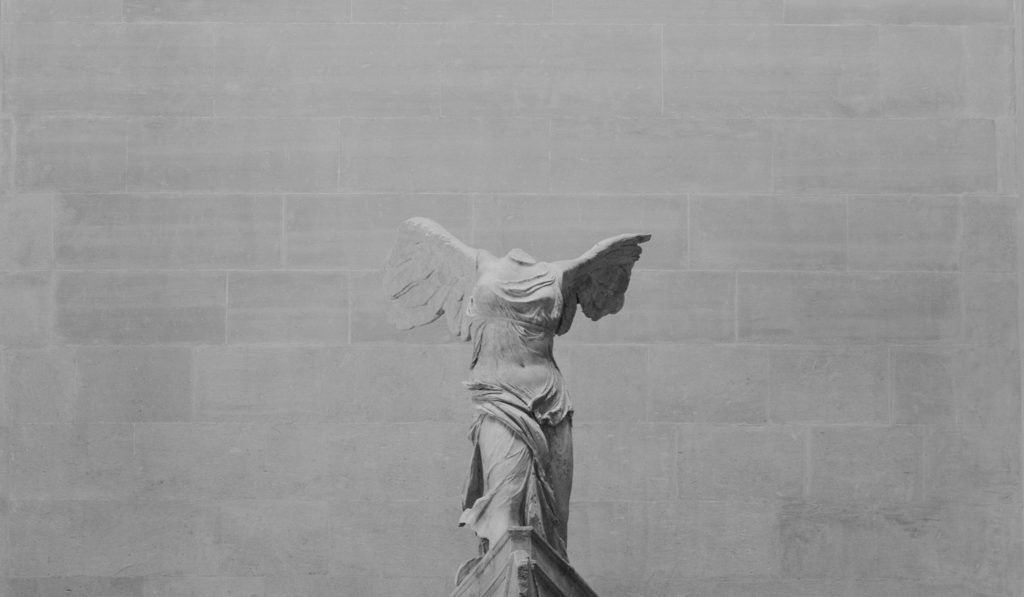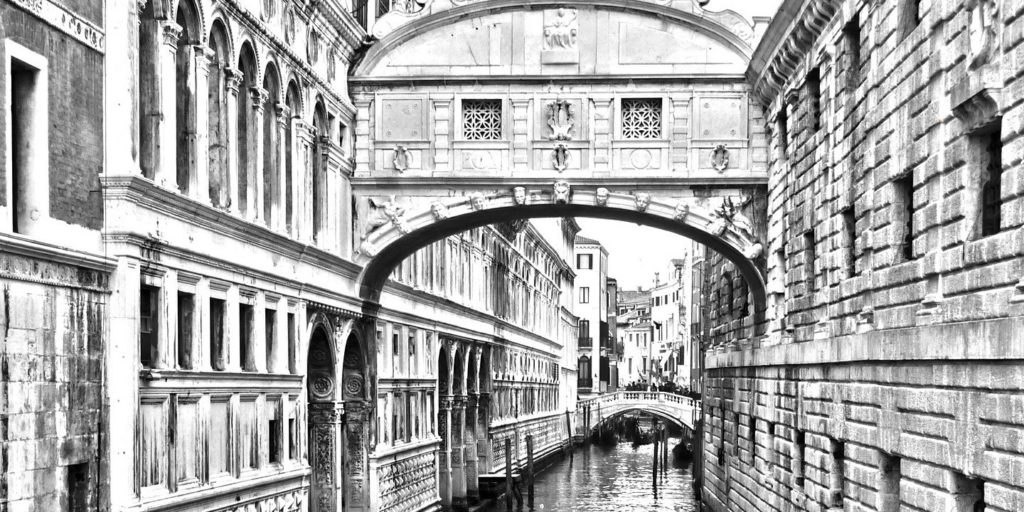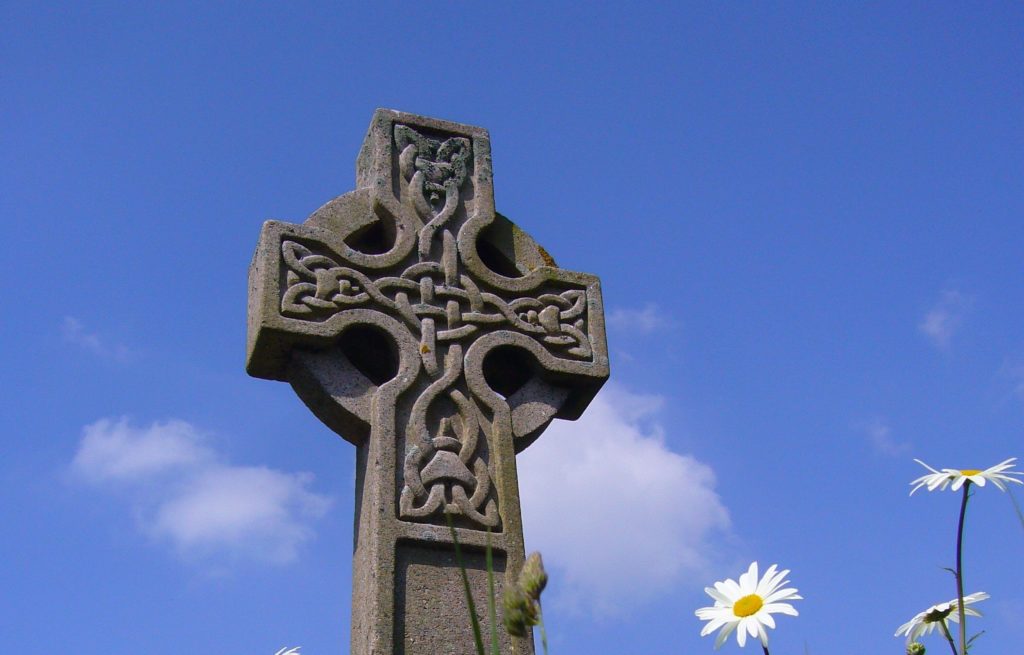According to the foundation myth of Athens, the blacksmith god Hephaestus was in lustful pursuit of the goddess Athena when he prematurely ejaculated onto her thigh, allowing her to escape relatively unscathed. This story of attempted rape is part of an extensive catalogue of sexual assaults by Greek gods, each met with no more than a scolding and a slap on the wrist. The consequences this time, however, were more than Hephaestus bargained for: his discarded semen combined with the earth below to give birth to Erechtheus, the mythical founder of Athens. It was by referring to this myth that the Athenians claimed to be indigenous inhabitants of their land, as their forefather had literally sprung forth from its earth.
The most interesting thing about this myth, however, is how effectively it effaces the female from Athens’ origins. Not only does Athens’ male founder, Erechtheus, lack a biological mother, but the woman who went on to raise him, Athena, is as masculine as they come: she is a virgin, abstaining from the defining female roles of wife and mother; she dresses in armour; she engages in the male domains of warfare and counsel. Like Erechtheus, she also lacks a mother, having sprung fully formed and battle-ready from the head of her father, Zeus. The message is clear: women were not necessary to Athens’ foundation.
This effacement of the female should come as no surprise – we’ve all had our lessons in sexism through the ages. What is surprising, given this backdrop, is the power the Greeks accorded the female body by using it to depict highly prized masculine concepts. Dike (Justice), nike (Victory), eirene (Peace) and many other abstract concepts have been embodied in the female form since Ancient Greek times. This is a tradition so ingrained that you probably haven’t even noticed it; but since I started formulating this essay in my mind, I have found that every art gallery and museum I enter seems to plant new examples in my path. Most famously, you will have seen the Winged Victory of Samothrace in the Louvre; the statue of Liberty in New York; and the figure of Lady Justice above the Old Bailey in London.
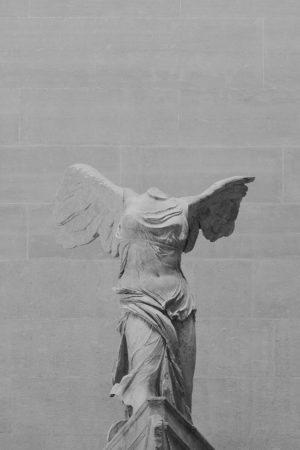


These figures are threads in the fabric of Western culture, so it’s difficult for us to consider them on their own terms. If we could, we would appreciate how just bizarre it was for the Greeks to marry female forms with concepts which, in their lives, could only apply to men: Victory and Peace were won on the battlefield, and Justice was handed down by government, neither domain admitting women. And it’s not just our statues that the Greeks have influenced: names such as Grace, Faith, Hope, Charity and Joy are typically female, indicating the extent to which abstract concepts remain paired with womanhood to this day.
To ask what lay behind this strange move by the Greeks, let’s rule out possible influences. The Greek sculptural tradition owes much to the Egyptians, with whom they traded oil, grain and wine as early as the 7th century BCE. We can see the influence of the Egyptians on the Sounion Kouros, a very early Greek statue which is part of the tradition of representing a man (kouros) or a woman (koure) as a dedication at a tombstone.

The clenched fists, rigid body and symmetry broken only by the left leg placed slightly forward are mutual to both statues. The Greeks being Greeks also stripped the figure naked; and it is interesting to note that the first female nude was not sculpted until over two hundred years later and to considerable backlash, in an amusing reversal of our own norms of nudity. This sculpture, the Aphrodite of Knidos, was reputedly attacked by a lustful citizen and bore a scar from his attempted rape. The story is most likely apocryphal but speaks to a fear of the female nude as an uncivilising force (while rape was normalised, the idea of a mortal raping a goddess was something else entirely). The story is also a testament to how realistic the statue was; the Greeks had come a long way from imitating the rigid, highly formalised statues of the Egyptians, their initial near-replicas having evolved into ever more lifelike forms. As they started to produce anatomical images of gods, goddesses, athletes and heroes, they also began to depict abstract concepts as female, a move which further separated them from the Egyptians.
One such statue of an abstract concept was erected in 425 BCE next to the temple of Zeus at Olympia, the ancient site which gave the Olympic Games their name. On approaching the site, I was struck by how cloistered it is; Olympia is flat, quiet, and ringed by trees. Unlike many other Greek sites – the Acropolis, Delphi, Mycenae – there is no view from Olympia, nor can it be overlooked from elsewhere. It is entirely isolated. The expansive sky bears down on the flat landscape, which is punctuated by columns and the remains of foundations which trace out greater structures. One of these columns used to boast the statue in question, which, almost two and a half thousand years later, can now be found in the nearby museum. Sculpted by Paionios, it depicts Victory striding forward in a more dynamic evolution of the Sounion Kouros’s pose.

Similar statues show that her raised left hand would have been holding a torch or other emblem of triumph, and that she would have been gazing into the distance rather than looking at the viewers gathered at the base of her column ten metres below. Like a catwalk model staring blankly ahead so as not to disrupt our perusal of her body, the statue’s detached gaze allows the viewer’s eyes to rove over her feminine curves. Imagine the alternative effect if, instead of looking ahead, catwalk models locked eyes with the audience; we would be forced to engage with them, rather than viewing their bodies unchallenged. The more symbiotic relationship with statues encouraged by the Christian Church is signalled by the direction of Mary’s gaze; her head is traditionally inclined towards the viewer, arms outstretched in welcome. We look back at her face, not her body.
In the case of abstract figures such as Paionios’s Victory, the tradition of the detached gaze has endured for millennia. In Delacroix’s Liberty Leading the People, the pose of the central figure is almost a mirror image of Victory; she strides forward with eyes averted, breast bared, arm raised, and dress windswept. As with Paionios’ statue of Victory, Liberty’s pose draws our gaze to her feminine curves. The classical triangular composition of the painting – with the peak of the triangle at the juncture of Liberty’s hand and her flagpole – draws our attention down her arm to her breasts, which are lit from the side for the fullest contouring.
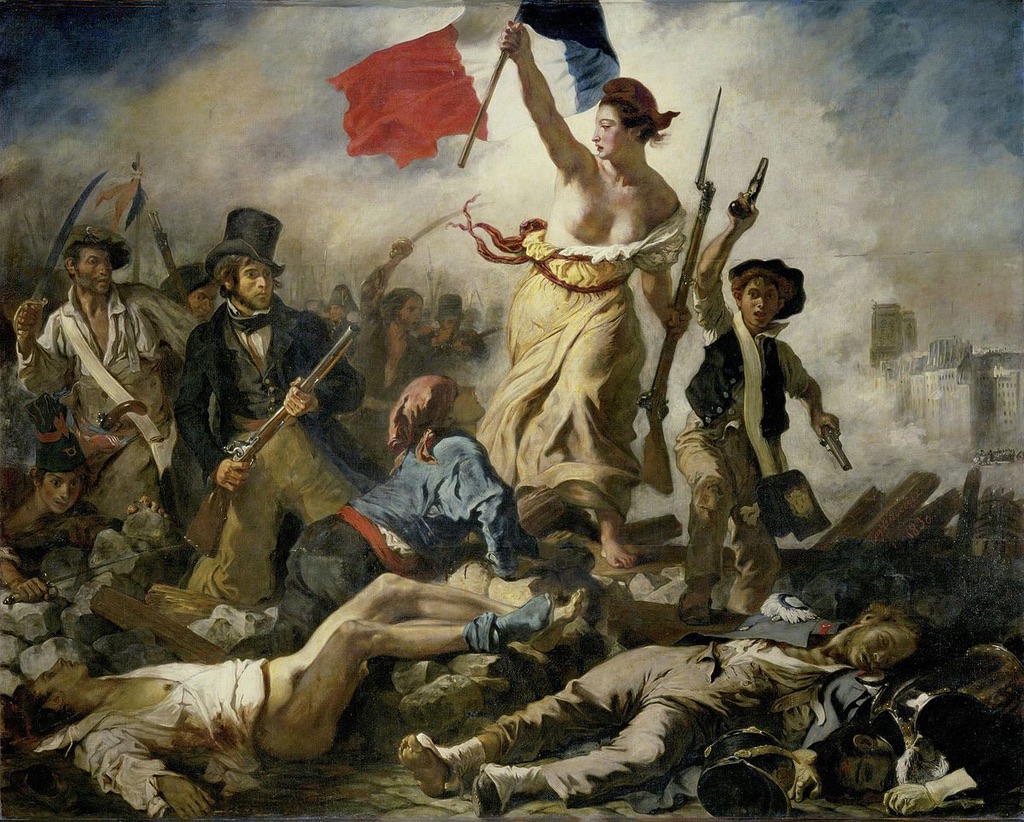
We’re so chained to the tradition of Paionios and other Greeks that we don’t think twice about the figure of Liberty being depicted as female. But the figure of a woman, scantily clad and leading a group of fully dressed men, would have been strange in the fifth century BCE, strange in Delacroix’s nineteenth-century France, and is still strange today.
The fact that such a sight would be strange in real life is a clue to unlocking the paradox: why were women, who were so invisible in Greek society, nevertheless used to depict prized masculine concepts? I believe the answer is found in their obscurity. There being no historical women considered worth memorialising, it was impossible that these feminine abstracts could be mistaken for real women, or indeed for goddesses, who had their own distinct attributes and emblems. A statue of a man holding a symbol of Victory or Peace could have been a famous statesman or mythical hero; no such confusion could exist over a similar statue of a woman.
Get the best of Moxy directly in your inbox.
The insignificance of individual women allowed female bodies to adopt the significance of whatever objects they were holding. Although the Greeks could have chosen to erect statues of torches to represent victory, erecting statues of semi-nude women holding torches had the same effect while also providing something for passers-by to ogle. It was impossible for an ordinary Greek, looking up at a marble woman staring straight ahead, to mistake her as representing a real person. Male statues encouraged the celebration of historical figures: generals, civilian leaders, philosophers. Today, wandering museum hallways, we find ourselves leaning into placards on the wall to find out the names of these ancient men. They have become unrecognisable. The joke is on them; the fields in which they earned renown – Victory, Justice, Liberty – will in Western culture forever be known as being female.
Christina Fleischer is a founding editor of Moxy.

